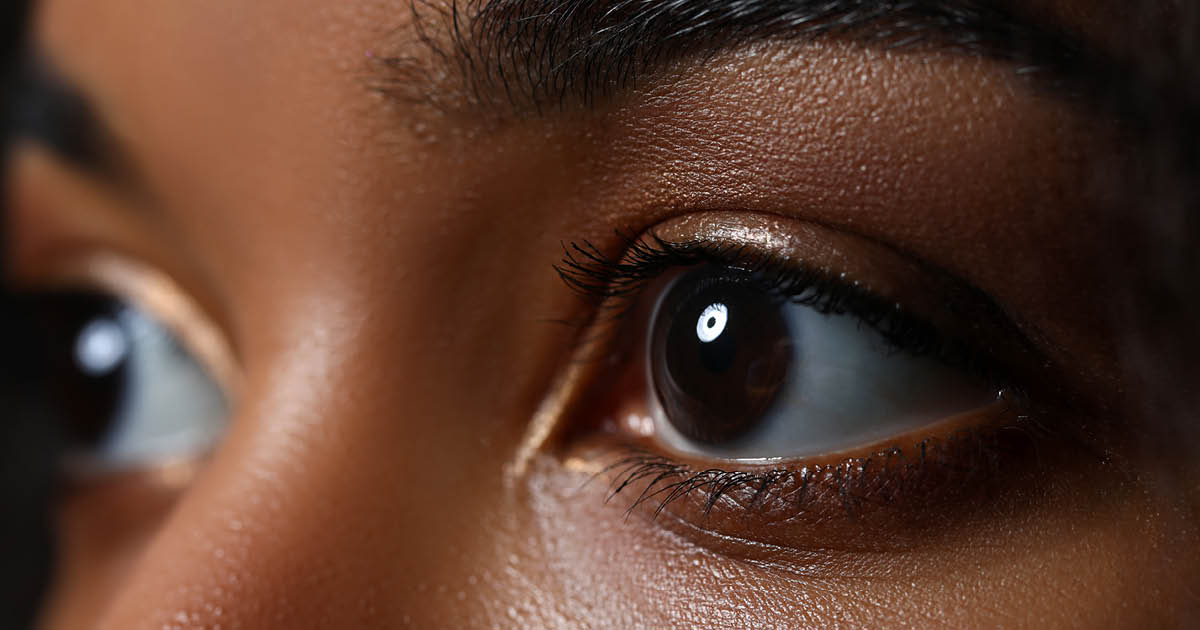September 10, 2025
2 min read
Key takeaways:
- The use of skin bleaching products is common among women of African or Asian descent.
- Clinicians should understand the cultural background behind using such products and recommend safe alternatives.
Skin bleaching products that promise to “brighten skin” remain pervasive in some cultures and countries, including the United States, and dermatologists and other clinicians should guide patients on the risks and best alternatives.
Patients with skin of color who use skin bleaching products — primarily women of African or Asian descent —are at risk for skin discoloration, irritation and potentially worse adverse outcomes, Warda Abdi, MD, a student at Medical College of Georgia, and Travis W. Blalock, MD, MBA, associate professor in the department of dermatology, vice chair of clinical operations and director of Mohs surgery and cutaneous oncology at Emory University School of Medicine, wrote in the Journal of Drugs in Dermatology. Clinicians should be mindful of the complex history of using such products on the skin, which is rooted in colorism, or the cultural preference of light skin over dark skin, Abdi said.

“I am East African, and my parents are from Somalia. Skin bleaching is common practice, especially among the women there,” Abdi told Healio. “I have a personal experience with skin bleaching, as my aunt had a bad reaction. We wanted to look at how health care workers could come together with dermatologists to address this issue.”

Travis W. Blalock
Women of color seeking assistance for their skin disease may intend to continue using skin bleaching products because they never having experienced issues, Abdi and Blalock wrote.
“Given the cultural background and family practice of using skin bleaching products to maintain a ‘brighter skin’ complexion, a multidisciplinary approach is warranted,” the researchers wrote. “This approach will allow us to address the complex interplay of the of the cultural, psychological, social and ethical factors involved with this dilemma, utilizing the principle of beneficence.”
Many people who use skin bleaching products may also have body dysmorphic disorder or low self-esteem. Cognitive behavioral therapy can help these patients develop a healthier self-image and cope with societal pressures, the researchers wrote.
Dermatologists should also provide safe skin care alternatives and educate patients about the risks of bleaching the skin, Abdi said.
“Hyperpigmentation is very common, often appearing as blue or dark patches on the face,” Abdi said. “But people can also experience skin thinning, depending on the product, especially if the product contains steroids. This can put someone at increased risk for hyperpigmentation. Additionally, some products may may contain toxic ingredients such as mercury, which is nephrotoxic and damage the kidneys.”
Abdi said initiating a discussion in the clinic about skin bleaching or colorism can be delicate — and that is where cultural sensitivity is needed.
“It is important for dermatologists to create a nonjudgmental space,” Abdi said. “If you are not from that culture, it seems a little confusing. A nonjudgmental space lets patients know that we understand where they are coming from.
“This starts with the clinician,” Abdi told Healio. “Educate yourself so that when you are approaching patients about this issue, you can meet them where they are. That is our responsibility.”
For more information:
Warda Abdi, MD, can be reached at wabdi@augusta.edu.









